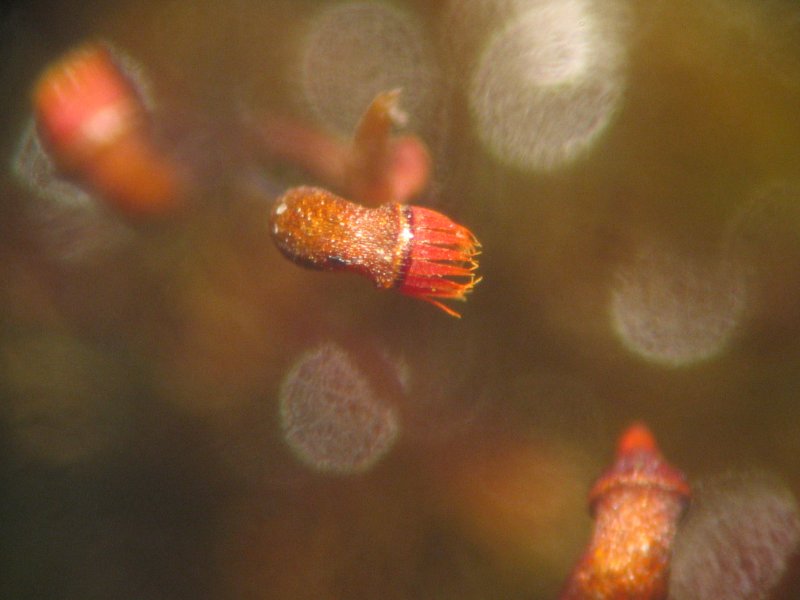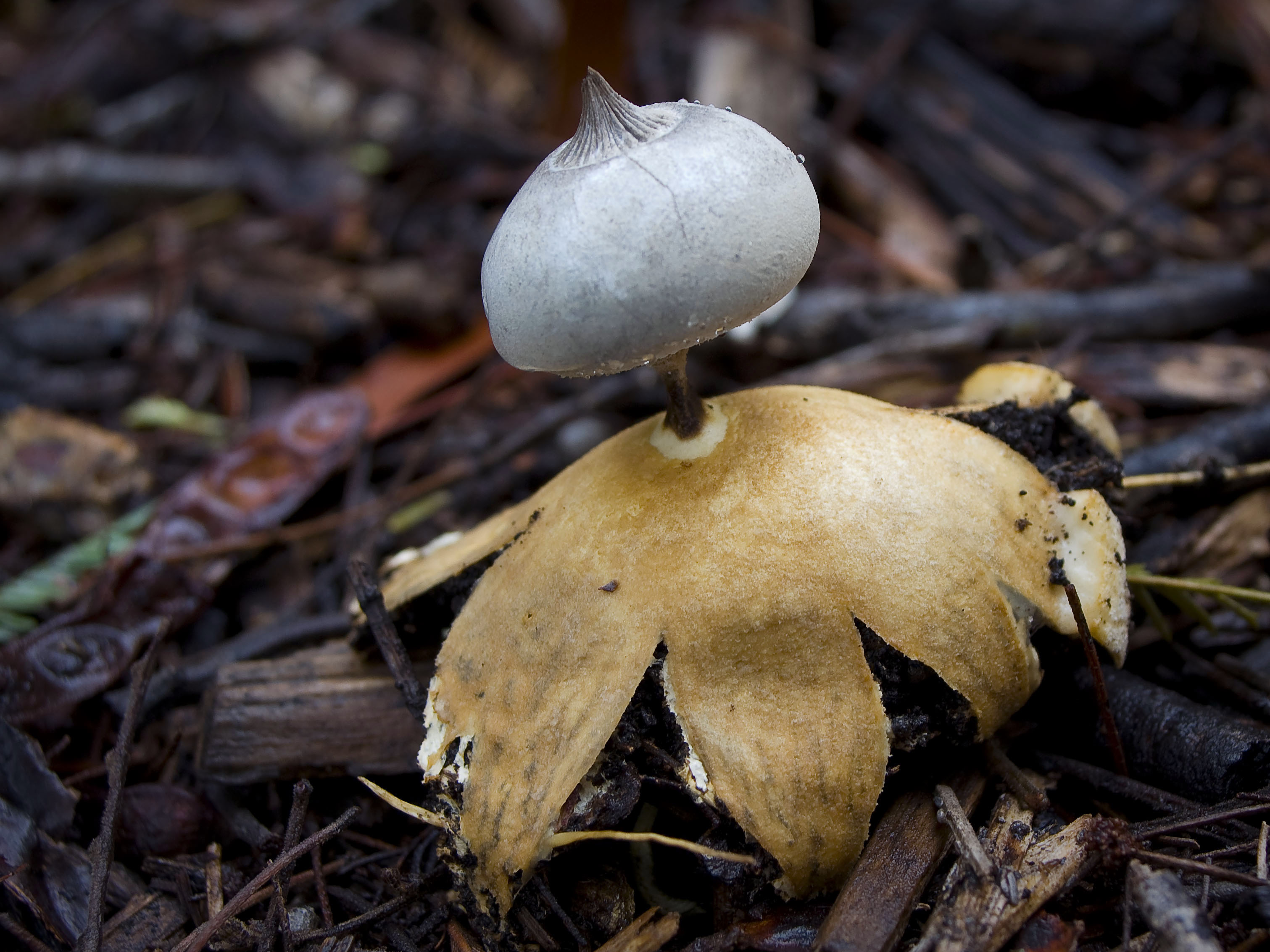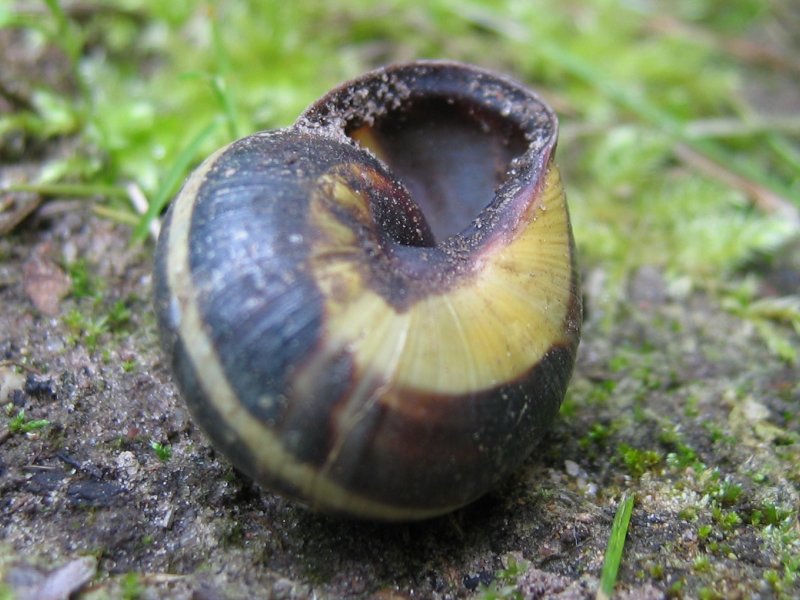Peristome on:
[Wikipedia]
[Google]
[Amazon]
Peristome (from the

 In
In
 In
In

 The peristome is the margin of the
The peristome is the margin of the
Peristome
Collins Dictionary.
Dictionary definition
{{Gastropod anatomy Plant anatomy Mollusc anatomy Fungal morphology and anatomy
Greek
Greek may refer to:
Anything of, from, or related to Greece, a country in Southern Europe:
*Greeks, an ethnic group
*Greek language, a branch of the Indo-European language family
**Proto-Greek language, the assumed last common ancestor of all kno ...
''peri'', meaning 'around' or 'about', and ''stoma'', 'mouth') is an anatomical feature that surrounds an opening to an organ or structure. Some plant
Plants are the eukaryotes that form the Kingdom (biology), kingdom Plantae; they are predominantly Photosynthesis, photosynthetic. This means that they obtain their energy from sunlight, using chloroplasts derived from endosymbiosis with c ...
s, fungi
A fungus (: fungi , , , or ; or funguses) is any member of the group of eukaryotic organisms that includes microorganisms such as yeasts and mold (fungus), molds, as well as the more familiar mushrooms. These organisms are classified as one ...
, and shelled gastropods
Gastropods (), commonly known as slugs and snails, belong to a large taxonomic class of invertebrates within the phylum Mollusca called Gastropoda ().
This class comprises snails and slugs from saltwater, freshwater, and from the land. Ther ...
have peristomes.
In mosses

 In
In moss
Mosses are small, non-vascular plant, non-vascular flowerless plants in the taxonomic phylum, division Bryophyta (, ) ''sensu stricto''. Bryophyta (''sensu lato'', Wilhelm Philippe Schimper, Schimp. 1879) may also refer to the parent group bryo ...
es, the peristome is a specialized structure in the sporangium
A sporangium (from Late Latin, ; : sporangia) is an enclosure in which spores are formed. It can be composed of a unicellular organism, single cell or can be multicellular organism, multicellular. Virtually all plants, fungus, fungi, and many ot ...
that allows for gradual spore
In biology, a spore is a unit of sexual reproduction, sexual (in fungi) or asexual reproduction that may be adapted for biological dispersal, dispersal and for survival, often for extended periods of time, in unfavourable conditions. Spores fo ...
discharge, instead of releasing them all at once.
Most mosses produce a capsule with a lid (the operculum) which falls off when the spore
In biology, a spore is a unit of sexual reproduction, sexual (in fungi) or asexual reproduction that may be adapted for biological dispersal, dispersal and for survival, often for extended periods of time, in unfavourable conditions. Spores fo ...
s inside are mature and thus ready to be dispersed. The opening thus revealed is called the ''stoma'' (meaning "mouth") and is surrounded by one or two peristomes. Each peristome is a ring of triangular "teeth" formed from the remnants of dead cells with thickened cell wall
A cell wall is a structural layer that surrounds some Cell type, cell types, found immediately outside the cell membrane. It can be tough, flexible, and sometimes rigid. Primarily, it provides the cell with structural support, shape, protection, ...
s. There are usually 16 such teeth in a single peristome, separate from each other and able to both fold in to cover the stoma as well as fold back to open the stoma. This articulation of the teeth is termed arthrodontous and is found in the moss subclass Bryopsida
The Bryopsida constitute the largest class of mosses, containing 95% of all moss species. It consists of approximately 11,500 species, common throughout the whole world.
The group is distinguished by having spore capsules with teeth that are '' ...
. In other groups of mosses, the capsule is either nematodontous with an attached operculum (as in the Polytrichopsida
Polytrichaceae is a common family of mosses. Members of this family tend to be larger than other mosses, with the larger species occurring in particularly moist habitats. The leaves have specialized sheaths at the base and a midrib that bears pho ...
), or else splits open without operculum or teeth.
There are two subtypes of arthrodontous peristome.
# The first is termed haplolepidous and consists of a single circle of 16 peristome teeth.
# The second type is the diplolepidous peristome found in subclass Bryidae
Bryidae is an important subclass of Bryopsida. It is common throughout the whole world. Members have a double peristome with alternating tooth segments.
Classification
The classification of the Bryidae.Buck, William R. & Bernard Goffinet. 2000. ...
. In this type, there are two rings of peristome teeth—an inner endostome (short for ''endoperistome'') and an exostome. The endostome is a more delicate membrane, and its teeth are aligned between the teeth of the exostome. There are a few mosses in the Bryopsida that have no peristome in their capsules. These mosses still undergo the same cell division patterns in capsule development, but the teeth do not fully develop.
In pitcher plants
 In
In pitcher plant
Pitcher plants are carnivorous plants
known as pitfall traps—a prey-trapping mechanism featuring a deep cavity filled with digestive liquid. The traps of pitcher plant are considered to be "true" pitcher plants and are formed by specialized ...
s, the peristome is a reflexed ring (or partial ring) of tissue that surrounds the entrance to the digestive tube in these plants. It often (for example in ''Cephalotus
''Cephalotus'' ( or ; Greek: ''κεφαλή'' "head", and ''οὔς''/''ὠτός'' "ear", to describe the head of the anthers) is a genus which contains one species, ''Cephalotus follicularis'' the Albany pitcher plant, a small carnivorous pl ...
'' and ''Nepenthes
''Nepenthes'' ( ) is a genus of carnivorous plants, also known as tropical pitcher plants, or monkey cups, in the monotypic family Nepenthaceae. The genus includes about 170 species, and numerous natural and many cultivated hybrids. They are m ...
'') possesses sharp, overhanging 'teeth' which aid in prey retention. It is often studded with nectar secreting glands, hence its popular name, nectar roll.
In fungi
Thebasidiocarps
In fungi, a basidiocarp, basidiome, or basidioma () is the sporocarp of a basidiomycete, the multicellular structure on which the spore-producing hymenium is borne. Basidiocarps are characteristic of the hymenomycetes; rusts and smuts do no ...
of some gasteroid fungi - such as puffballs
Puffballs are a type of fungus featuring a ball-shaped fruit body that (when mature) bursts on contact or impact, releasing a cloud of dust-like spores into the surrounding area. Puffballs belong to the division Basidiomycota and encompass sever ...
and earthstars
Geastrales is an order of gasterocarpic basidiomycetes (fungi) that are related to Gomphales. The order contains the families Geastraceae, which includes the "earthstars" formerly placed in Lycoperdales or Phallales, and also Schenellaceae, Sc ...
- release spores through an apical opening that is termed a peristome and is variously delimited, its features often being diagnostic when distinguishing closely related species.

In shelled gastropods
 The peristome is the margin of the
The peristome is the margin of the aperture
In optics, the aperture of an optical system (including a system consisting of a single lens) is the hole or opening that primarily limits light propagated through the system. More specifically, the entrance pupil as the front side image o ...
of a gastropod shell
The gastropod shell is part of the body of many gastropods, including snails, a kind of mollusc. The shell is an exoskeleton, which protects from predators, mechanical damage, and dehydration, but also serves for muscle attachment and calcium ...
. It is the edge of the lip of the shell. This part is sometimes reflected (turned back) or thickened once the snail reaches adult size, and these qualities of the peristome can be diagnostic features of the shell which may aid in identification of the species.
In other invertebrates
The peristome is any of the structures or sets of parts that surround themouth
A mouth also referred to as the oral is the body orifice through which many animals ingest food and animal communication#Auditory, vocalize. The body cavity immediately behind the mouth opening, known as the oral cavity (or in Latin), is also t ...
or invertebrates such as echinoderm
An echinoderm () is any animal of the phylum Echinodermata (), which includes starfish, brittle stars, sea urchins, sand dollars and sea cucumbers, as well as the sessile sea lilies or "stone lilies". While bilaterally symmetrical as ...
s or earthworm
An earthworm is a soil-dwelling terrestrial invertebrate that belongs to the phylum Annelida. The term is the common name for the largest members of the class (or subclass, depending on the author) Oligochaeta. In classical systems, they we ...
s.Collins Dictionary.
References
External links
Dictionary definition
{{Gastropod anatomy Plant anatomy Mollusc anatomy Fungal morphology and anatomy